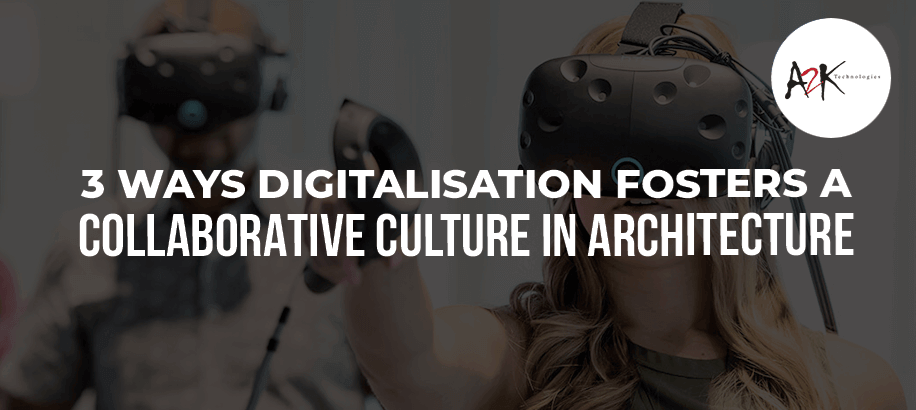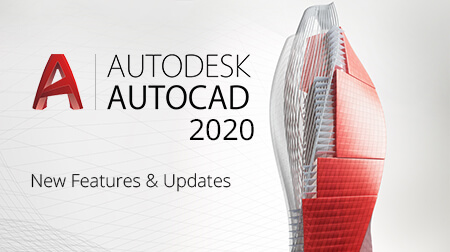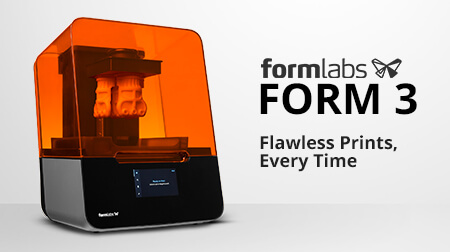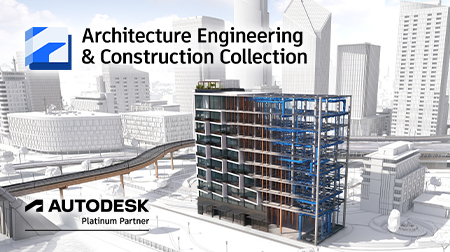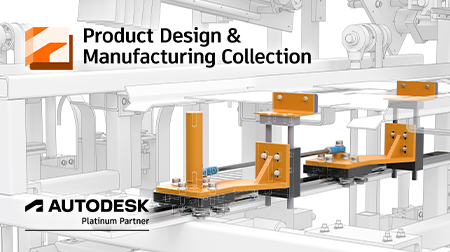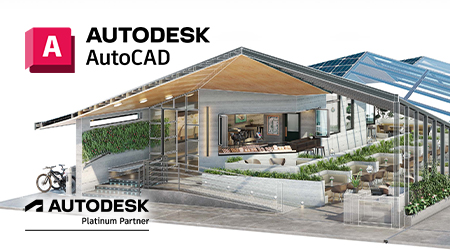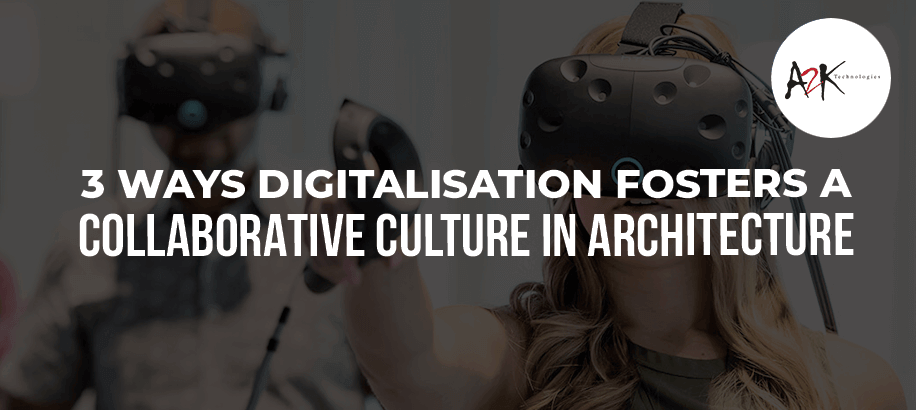
3 Ways Digitalisation fosters a Collaborative Culture in Architecture
Firms might once have kept information close in the name of differentiation, but we are seeing more of a collaborative spirit in the industry. Let’s take a look at the 3 Ways Digitalisation fosters a Collaborative Culture in Architecture.
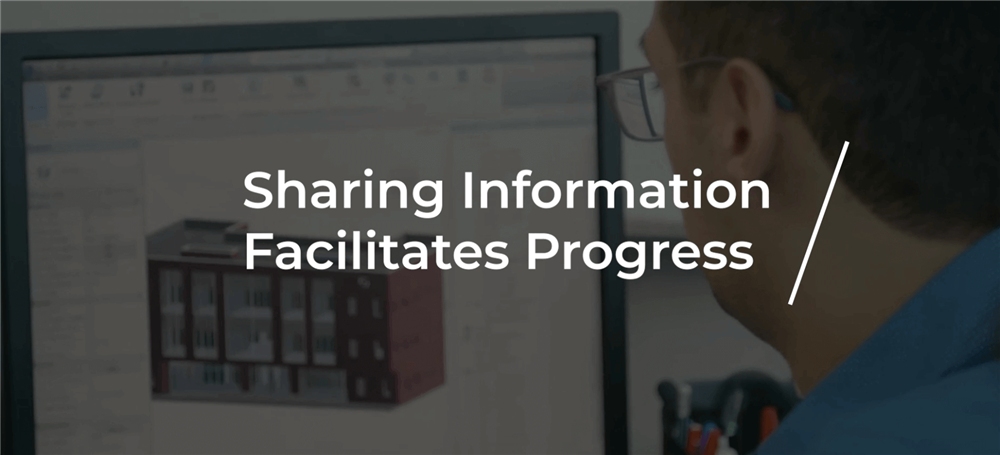
Sharing Information facilitates Progress
Project delivery is not a linear process, but it’s often presented that way. In reality, many aspects of it are often cyclical, and therefore, the opportunities to share information are rich. An Architect’s expertise is crucial to a project however it is limited. An additional insight of a contractor earlier on would be a huge benefit as it would help them further educate on constructability realities. It would help them avoid design-to-build pitfalls.
When computer modelling first became part of design, it required such a massive investment of technology, time, education, and content building that firms were reluctant to share information. Now, the technology has evolved to a point where nearly everybody in developed economies can access it.
Information is power - when it’s shared, not when it’s kept. That’s when we start to evolve and improve upon each other’s knowledge. Being able to free resources up, it’s ultimately going to benefit the actual product, whether it’s a building or a city.
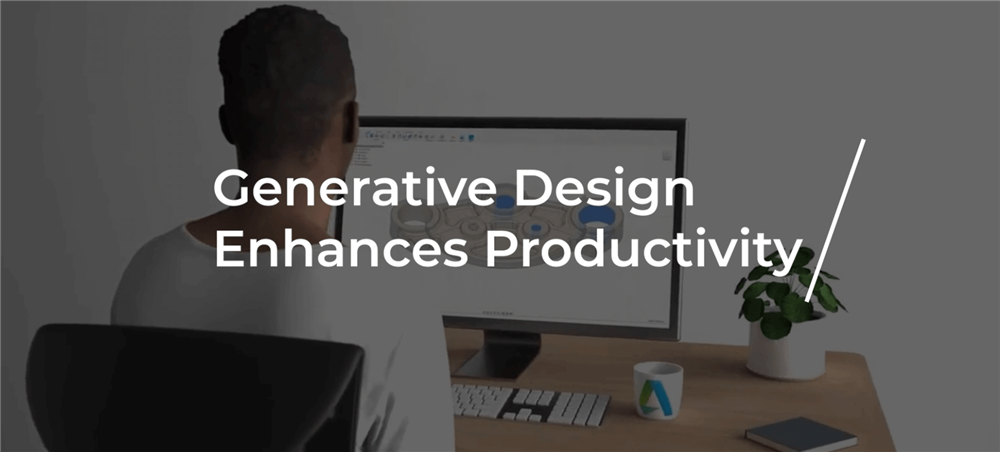
Generative Design enhances Productivity
Generative design uses software to create multiple design solutions based on specified data and constraints; some say it’s the future of the design and construction industries. However, some architects and engineers are resistant to change and harbor fears that generative design means robots will soon take over their jobs.
The truth is that generative design can improve efficiencies and is a way for designers to bring value to a project. It is in their best interest to be participants in determining what’s going to be generative design related, what’s going to get automated, and what’s not. For example, needing to calculate parking spaces for a site - is a high-demand designer really needed? No. The computer should do it algorithmically instead. It can sort through information, formulas, goals, and constraints and generate a multitude of options that can be selected.
Generative design can be both tactical and practical. Designers will continue to be in the driver’s seat. One of the roles of an architect is managing client expectations – something they wouldn’t want to leave up to the computer.

Visualisation Software Is Here to Stay
Designers are trained in a vocabulary of drawings. They can present building sections and elevations and convey what they represent to project stakeholders. But immersive visualisation platforms - virtual reality, augmented reality, and the like - improve dialog with clients and project partners.
With the advent of technologies like virtual reality and augmented reality, designers can say to the client “Here, please try on these goggles, you can walk in the space and see if the ceiling feels too low or if the width of the hallway feels right?”. This allows the client to really experience the design. It gives them a much louder voice to say “this works and this doesn’t” - they become a further part of the design process.
Watch the video below:


